- Destinations
- Travel Styles
- About Us
- Contacts
- Destinations
- Travel Styles
- About Us
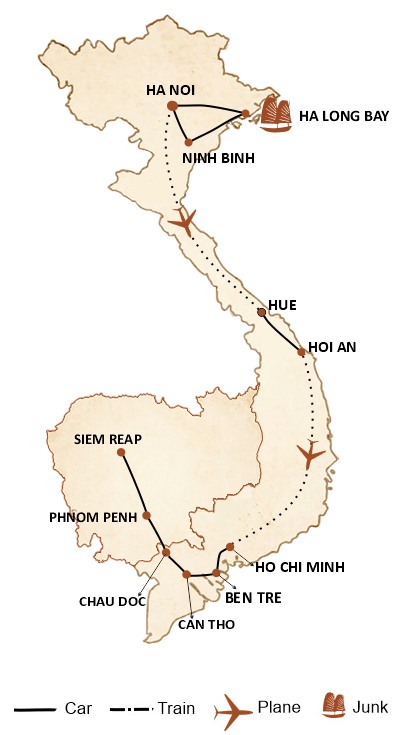
Arrival in Hanoi, a thousand-year-old capital located in the heart of northern Vietnam. Welcome by the English-speaking guide from Kampá Tour at the airport, transfer to the hotel in the city center, and the day will be adapted according to your arrival time. Kampá Tour is glad to accompany you on this journey, marking the beginning of our 15-day Vietnam-Cambodia itinerary. Begin your exploration with the first visits to the city center to soak up the charm of this historic capital:
Ly Thai To is the founder of the Ly dynasty (1009-1225). It was he who transferred the capital from Hoa Lu to Hanoi in 1010
This Old Quarter is located in the heart of Hanoi and is full of old houses, temples, bustling markets, artisan shops, and traditional restaurants. It is an emblematic place that testifies to the history and culture of the Vietnamese capital.
Discover the colonial heritage with French concessions: take a cycle rickshaw ride through the city to visit the Grand Théâtre, the Métropole hotel, the state bank, the Central Post Office… End your day with a relaxing night at the hotel.
A day dedicated to exploring Hanoi's most remarkable cultural sites and historical monuments:
Built 1000 years ago, this Confucian temple served as an institution where royal offspring and sons of mandarins received their education. It also hosted competitions for the country's most talented students, with the winners attaining the status of scholars and senior officials in Vietnamese feudal dynasties.
Colorful wooden puppets are skillfully manipulated by the artists using rods and bamboo shafts underwater. It is a unique and captivating art form unique to the Northern Vietnamese tradition.
Night in Hanoi.
Departure for Ninh Binh – the land of limestone karsts, sugarloaf mountains, and rice fields flooded by rivers and lakes throughout the year.
Arrival in Ninh Xuan, visit to Mua Mountain. Climb a 486-step white stone staircase to the summit of this bell-shaped mountain, which offers a panoramic view of the Tam Coc region.
A limestone mountain located near the rivers and sugarloaf mountains of Tam Coc. In the past, it was renowned for its dance performances for the kings of the Tran Dynasty (13th-14th century).
Afterward, transfer to Tam Coc for a bike ride and leisurely exploration of this fabulous region.
Explore a vast landscape featuring sugarloaf-shaped rock formations, rice paddies, and rivers. Enjoy boat rides on the Ngo Dong River, winding through the sugarloaf peaks, allowing you to fully immerse yourself in the lush surrounding nature.
In the afternoon, enjoy a boat excursion on the Ngo Dong River to explore Tam Coc. This meandering river winds through rice paddies, sugarloaf formations, and passes under the three caves at the base of the limestone peaks.
Return to Hanoi by the end of the day and spend the night at the hotel.
For a shorter drive, there's an option to stay in Ninh Binh on this day and spend the night there (without returning to Hanoi during the day). Then, you can depart for Halong Bay the following morning with the guide and private car. Please contact us for this option.
Part of the Gulf of Tonkin (Pacific Ocean), Halong Bay is a vast area comprised of thousands of limestone karsts rising from the sea. A cruise aboard a junk boat in this bay is a must during any trip to Vietnam.
Departure for Halong – the most beautiful bay in Vietnam, one of the most magical landscapes in Asia. Boarding upon arrival aboard a traditional junk. Welcome by the crew then departure for a magnificent cruise on the bay. Visit Bai Tu Long (northern part of Halong Bay):
Lunch and dinner on board the junk.
Enjoy a free evening for personal rest and relaxation, which can include card games or night fishing.
Spend the night on board.
Wake up at dawn to witness a spectacular moment: the first rays of sunlight painting the limestone karsts of the bay, followed by a serene Tai Chi session on the terrace.
Embark on a boat or kayak excursion to explore the fishing village of Vung Vieng, where you may have the opportunity to meet and interact with the local residents.
Enjoy lunch on the junk before disembarking and heading back to Hanoi.
In the evening, catch a flight to Hue, the historic imperial city located in the central part of Vietnam.
Overnight stay in Hue.
Begin your city tour of Hue, the last imperial capital of Vietnam from 1802 to 1945:
Enjoy your night at the hotel in Hue.
Commence a road journey to the enchanting town of Hoi An, situated approximately 150 km to the south of Hue. This scenic drive offers several captivating stops along the way:
Upon your afternoon arrival in Hoi An, you'll proceed to check in at your hotel, where you'll enjoy a comfortable overnight stay.
Enjoy a full day at your leisure for independent exploration of Hoi An's charming old town. You have various options:
Explore the historic Old Quarter, wander through its narrow streets, and discover its unique charm. You can also indulge in shopping for local products like lacquerware, handicrafts, and more.
Consider getting tailor-made clothing at one of the renowned silk shops in town. Hoi An is famous for its skilled tailors, and you can have custom garments created to your liking.
Embark on a delightful bike ride into the picturesque countryside surrounding Hoi An. Along the way, you'll encounter traditional villages specializing in various crafts such as vegetable farming, pottery, and carpentry.
Weather permitting, unwind on the exquisite Eastern Sea beaches, including Cua Dai and An Bang, renowned as Vietnam's most beautiful. Bask in the sun and embrace the refreshing sea breeze for a truly revitalizing experience.
After a day of exploration and relaxation, return to your hotel for the night.
After a flight to Ho Chi Minh City, the capital of the south (formerly Saigon), you'll begin your exploration of the city's center, often referred to as "colonial Saigon." Here are the details:
Ho Chi Minh City, formerly known as Saigon, is the largest city in the country, with a population of around 10 million. It serves as a gateway to various regions, including the Mekong Delta, the coastline, and the southern highlands.
Visit Ben Thanh Market, an iconic symbol of the city.
Explore the Notre Dame Cathedral and the Central Post Office, both architectural gems designed according to the plans of Gustave Eiffel.
Discover the Headquarters of the People's Committee of Ho Chi Minh City, which was once the Central Town Hall and stands as one of the city's most beautiful colonial buildings.
In the afternoon, venture to the Cu Chi underground tunnels, a historical battlefield from the Indochina War situated on the city's outskirts. Upon arrival, descend into an underground world consisting of tunnels spanning a remarkable 200 kilometers in length, with narrow passages measuring just 70 cm in width and 90 cm in height. These tunnels lead to various meeting rooms, kitchens, and even hospitals.
Cu Chi is a significant historic site, located about an hour's drive from Ho Chi Minh City. It's an iconic location that witnessed intense confrontations between communist guerrillas and American soldiers during the war years from 1954 to 1975.
Return to the surface and head back to Ho Chi Minh City in the late afternoon.
Spend the night at your hotel.
Depart for the Mekong Delta, a unique region that combines both land and water, situated in the southernmost part of Vietnam.
The Mekong River, originating in the immense Himalayan range, traverses five upstream countries in Southeast Asia (China, Burma, Thailand, Cambodia, Laos) before finally flowing into the Pacific Ocean within Vietnamese territory. This river has sculpted a vast and fertile delta in the southern region of the country, famously known as the "Mekong Delta."
Upon arrival in Ben Tre, a significant town located in the heart of the northern branches of the river, embark on a boat journey along the waterways to reach Mo Cay, a less-visited rural area celebrated for its coconut trade and the production of various coconut-based products like coconuts, coconut threads, and activated coconut charcoal.
You'll have the option of a bike ride or a ride on a Xe loi (motorized cycle) through the lush green island, densely adorned with coconut plantations. This route, away from the hustle and bustle of mass tourism, leads you along narrow paths beneath the shade of coconut trees, creating a particularly picturesque landscape. Make stops at local farms to observe the production of sweets and coconut brooms.
Continue your adventure with a journey in a small rowing boat, meandering through canals lined with water palm trees, providing you with a glimpse into the daily life of the delta's residents. Visit Mr. Van's traditional house and savor local specialties crafted by his wife, including coconut jam, honey tea, and pollen. You'll also have the opportunity to engage with the warm-hearted local population, fostering memorable encounters.
In the afternoon, drive to Giong Trom, passing through coconut plantations and numerous canals that connect to the mighty Mekong River.
Settle into a charming lodge situated on the banks of the Ham Luong River, where you'll have some free time to relax in a serene environment and enjoy the possibility of watching the sunset.
Spend the night at the lodge.
After breakfast, board a boat for a trip on the Mekong. Visit the Cai Rang floating market, which is spectacular with its vibrant colors and the assembly of numerous boats loaded with fruits, vegetables, and various other goods. Discover the unique 'river trade' of the Mekong region's inhabitants.
Disembark to reach Chau Doc, a small town located in the far west of the Mekong Delta, very close to the Cambodian border. Upon arrival, take a boat trip on the Bassac River, a tributary of the great river, and explore floating fish farms. Learn about cage breeding of Asian catfish and visit Muslim villages of the Cham minorities.
Experience the twilight spectacle from Mount Sam, the unusual and distinctive hill in the delta, where you'll find the sacred Ba Chua Xu temple.
Spend the night at the hotel
Board the boat for a trip up the Mekong to Phnom Penh - the Cambodian capital.
Arrival at the port around noon, welcome by the local guide then check-in at the hotel.
In the afternoon, departure for a city tour of the Cambodian capital. Visit Wat Phnom - Buddhist temple which gave birth to the city of Phnom Penh in the 14th century; from the Royal Palace - the residence and workplace of the Norodom kings since 1870; of the silver pagoda; and the National Museum of Phnom Penh...
Night in Phnom Penh.
Travel to Siem Reap, passing through Kampong Cham and Kampong Thom, and cross the peaceful Cambodian countryside with its traditional villages, rice fields, and tall latan trees that seem to stretch as far as the eye can see. Arrive in Siem Reap by the end of the day.
Spend the night at the hotel.
Day dedicated to the discovery of the mystical temples of Angkor Wat and Angkor Thom – the ancient capital of the Khmer empire (9-15th century):
Angkor Wat temples, dedicated to Vishnu, the supreme god of Hinduism, are considered the masterpieces of Khmer art and architecture.
The temples of Angkor Thom form a fortified city of 10 km² that once housed a million inhabitants. Explore the immense statues at the south gate, the Elephant Terrace, the King Leper Terrace, and the famous Bayon temple, comprised of 54 gigantic towers bearing 216 faces of Avalokitésvara – the most important goddess in Buddhism.
Return to Siem Reap toward the end of the afternoon.
Enjoy a free evening and spend the night at the hotel.
Morning dedicated to discovering the small and grand temples:
Enjoy a free afternoon for relaxation and final purchases. In the evening, transfer to the airport for your departure flight.
This marks the end of our 15-day Vietnam-Cambodia tour services. Safe travels! Kampá Tour is delighted to have accompanied you on this journey.
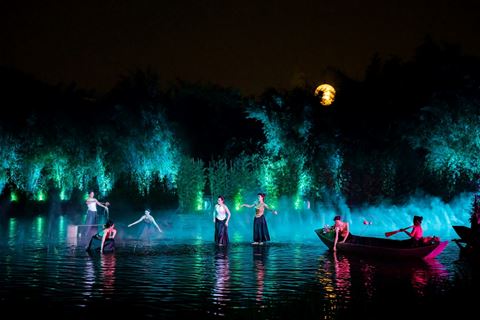

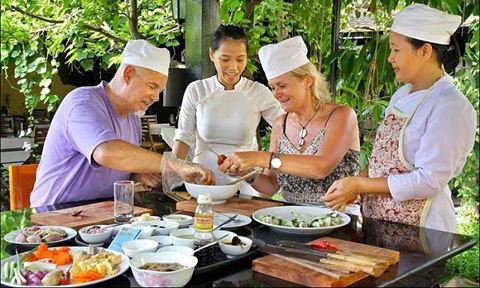
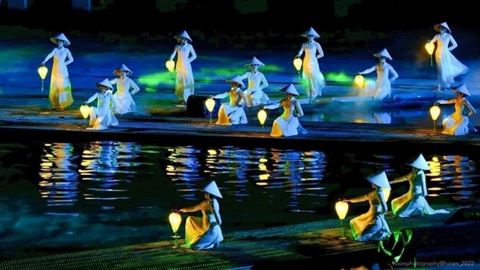
For tourists from the US, Canada, UK, Australia, and most EU countries:
The dry season from mid-October to April is ideal for visiting Cambodia due to its mild weather, clear blue skies, and minimal rainfall. From May to September, although it is the rainy season, the rain typically lasts only one or two hours per day. The rest of the day is sunny, making sightseeing still possible.
Yes, it is absolutely possible to reach Cambodia by air. You can take a flight from Ho Chi Minh City (or Hanoi) to Siem Reap and dedicate the rest of your trip to exploring the magnificent Angkorian temples.
For American, Australian, and United Kingdom's citizens, there is no visa exemption for stays in Vietnam. You will need to apply for a visa before their trip. An e-visa is recommended, which can be easily requested online on the Vietnamese Immigration website.
You can obtain a visa on arrival at international airports (Phnom Penh/Siem Reap) or at border ports, including the one on the Mekong River during a boat transfer from southern Vietnam to Phnom Penh. Our agency assists you with all the visa application procedures when booking your trip.
Yes, Thailand and Laos share borders with Cambodia and Vietnam. It is possible to add Laos or Thailand to your trip, but you will need to extend your journey by at least 5-7 days. You can travel from Cambodia to Laos or Thailand by land or by air. The same applies for traveling from Vietnam to Laos.
Yes, it is possible to start the trip in Cambodia (in Phnom Penh or Siem Reap) and finish it in Vietnam (in Hanoi or Ho Chi Minh City). Our travel advisor will tailor the itinerary to your request.
From Vietnam, you can travel to Cambodia either by air (a one-hour direct flight from Hanoi/Ho Chi Minh City/Da Nang to Siem Reap/Phnom Penh) or by river (taking a boat up the Mekong River from the southernmost part of Vietnam to Phnom Penh). It is also possible to reach Cambodia by land, but the journey is quite long and tiring.
A panoramic tour of both countries will take you at least 15 days. With a few more days or an additional week, you can explore Vietnam more deeply by discovering its authentic northern mountains or relaxing on one of its beautiful beaches (Hoi An, Nha Trang, Phu Quoc). Alternatively, you can enjoy a beach in Cambodia (in Sihanoukville and its offshore islands).
Vietnam has a varied climate from north to south due to its diverse topographies and the length of the country (2000 km from north to south). When one region is humid, cold, or rainy, another may be pleasantly sunny. Based on our experience, the best time to visit Vietnam is from October to April. During this period, the best months are October to November and mid-March to May. These are the times when the climate remains pleasant and, moreover, they are the least rainy months of the year in Vietnam. For the months of July and August, it is a bit hot (30-35 degrees), but Halong Bay is usually sunny. You will also have the chance to see the region colored by green or yellow rice terraces stretching as far as the eye can see. As for the south, although it is the rainy season, the rain will not last all day but only one or two hours per day. The rest of the day is sunny. The climate in Cambodia is quite similar to that in southern Vietnam.
If you already have an idea about the time of your trip (winter, summer...), please let us know, and we can guide you on the most favorable months.
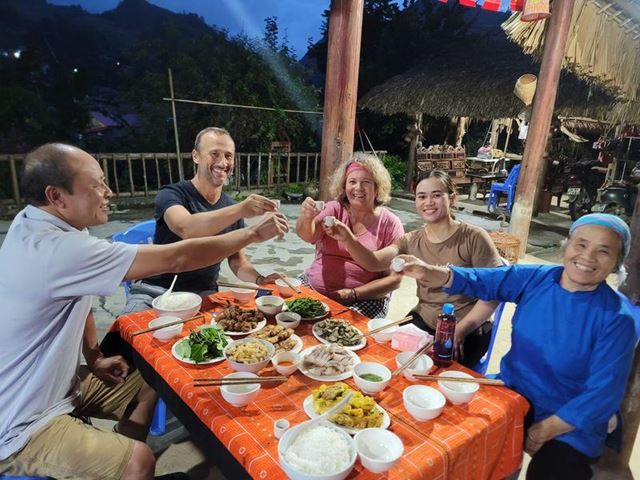
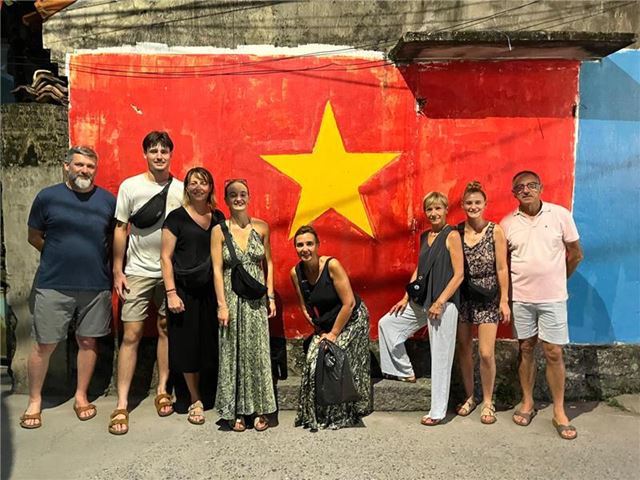
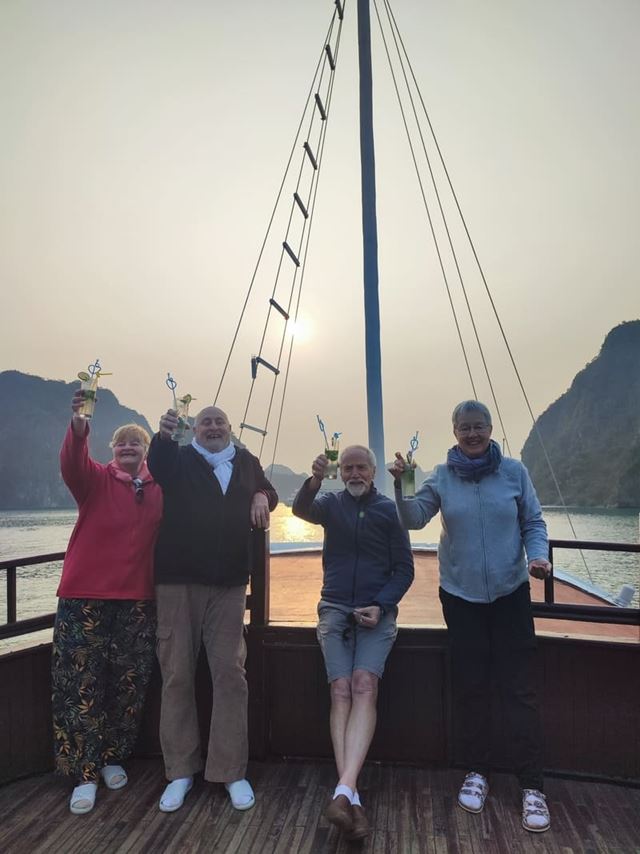
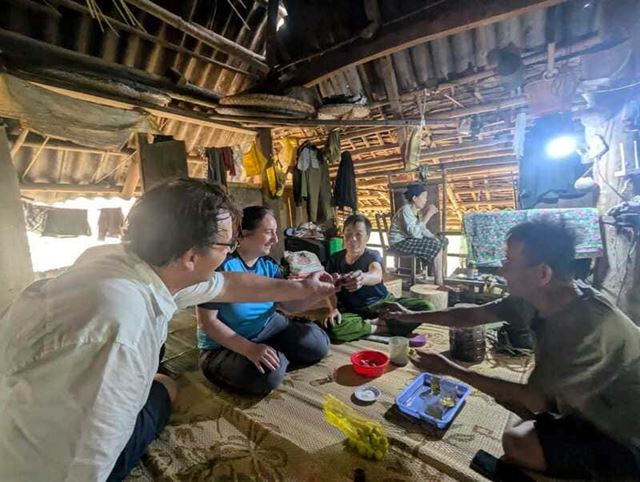
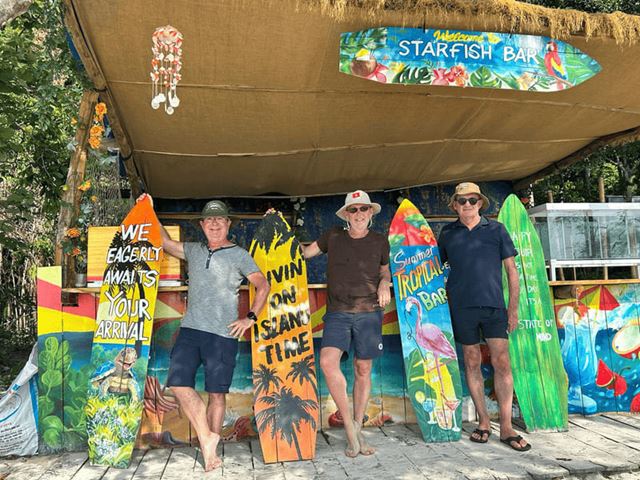
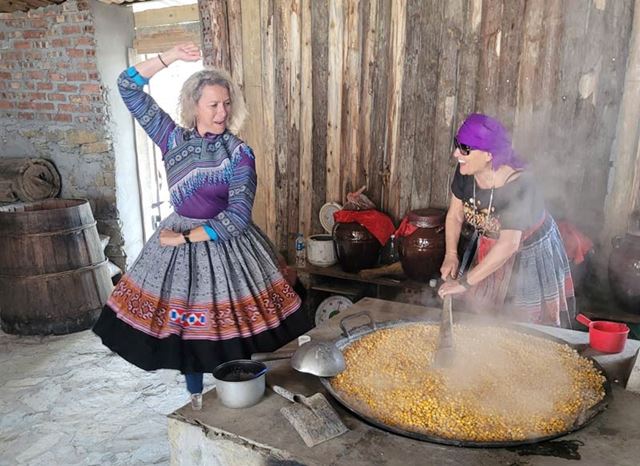
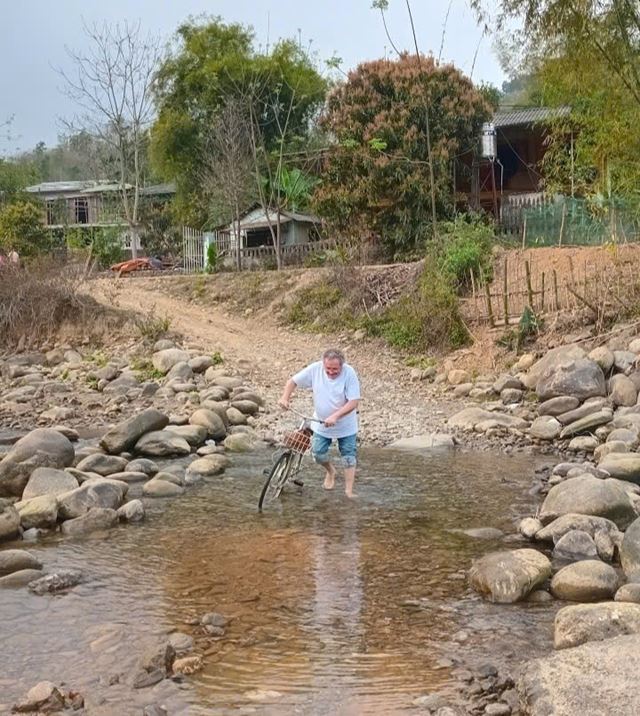
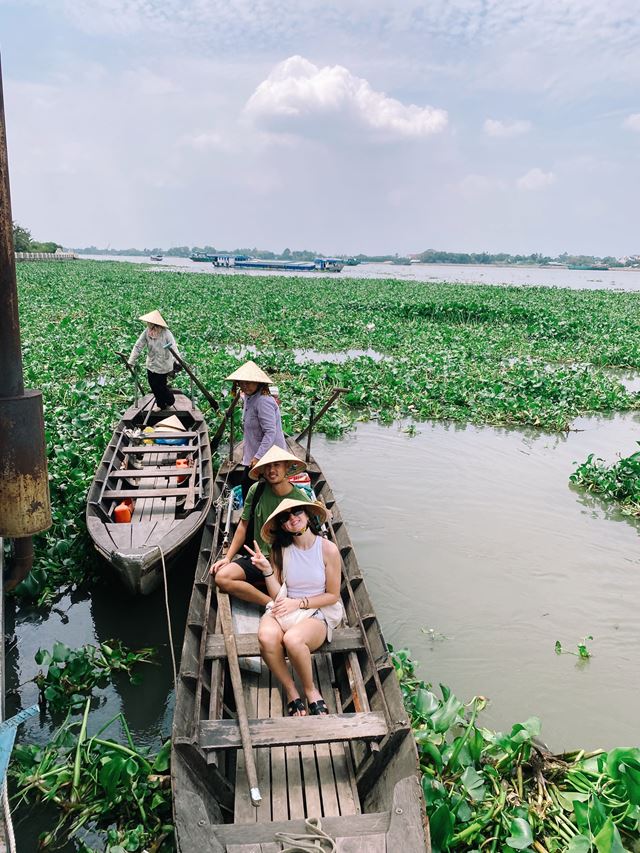
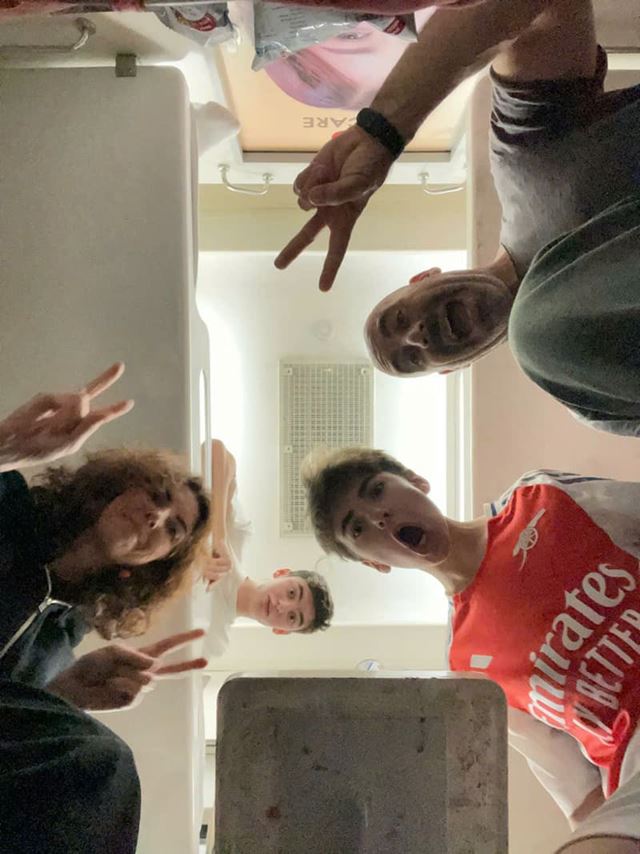
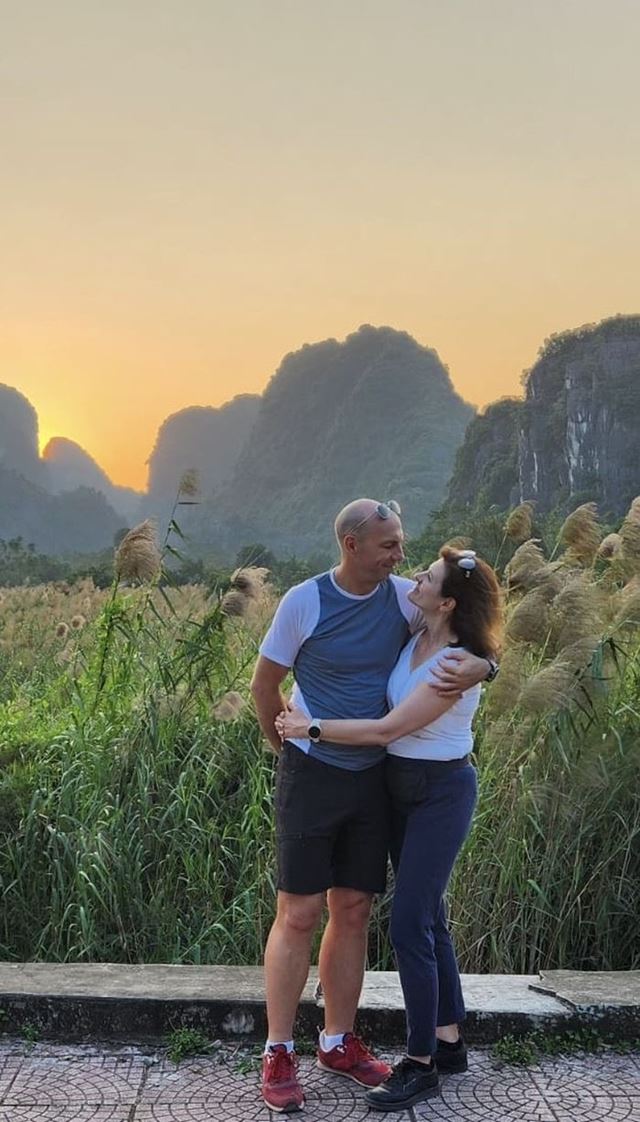
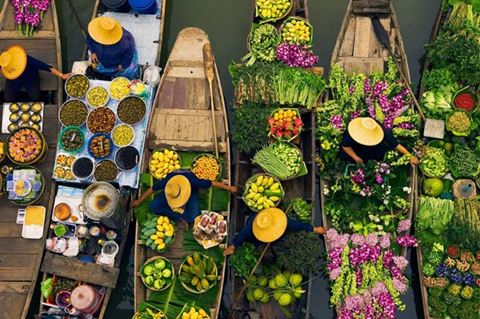 The Classic
The Classic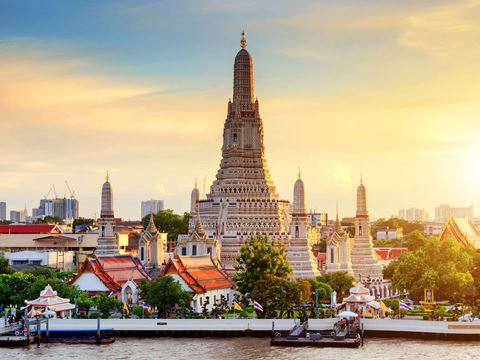 The Essentials
The Essentials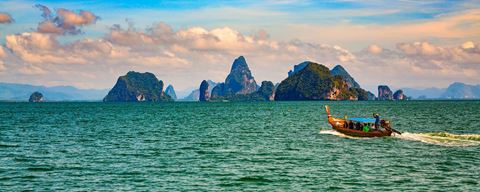 Must-sees
Must-sees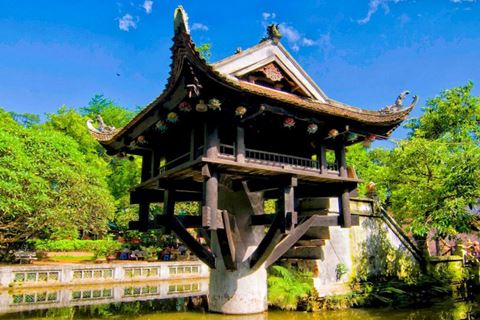 The Essentials
The Essentials
Comments
No comments yet - be the first to comment!